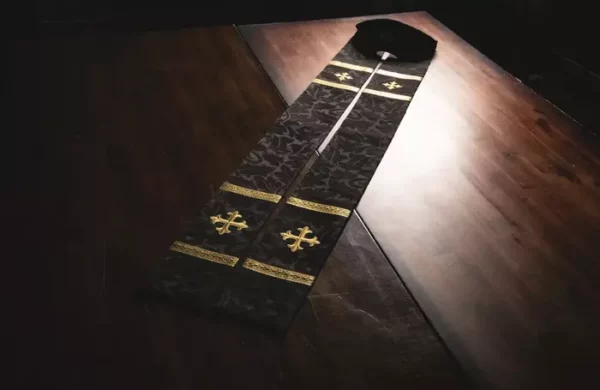
All Saints’ Day celebrates the joy and victory of saints in heaven, symbolized by white vestments. In contrast, All Souls’ Day is a somber observance for the faithful departed, marked by black or purple vestments representing mourning and penitence. The traditions of these days reflect deep Christian roots, with early practices of praying for the dead dating back to the 7th century. Both days emphasize the spiritual connection among the living, the saints, and those in purgatory, continuing to be observed in various Christian denominations today.
Like this:
Like Loading...
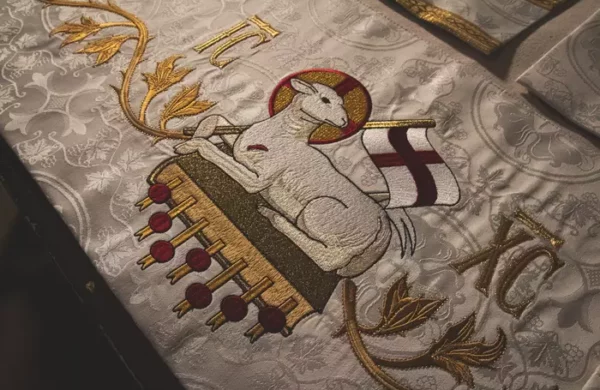
The Agnus Dei, or “Lamb of God,” symbolizes Jesus Christ’s sacrifice for humanity, originating from John 1:29. Emerging in Christian art by the 6th century, it represents Christ’s victory over death and serves as a reminder of His love. Still relevant today, especially during Easter, the Agnus Dei encapsulates themes of humility and redemption in worship and reflection.
Like this:
Like Loading...
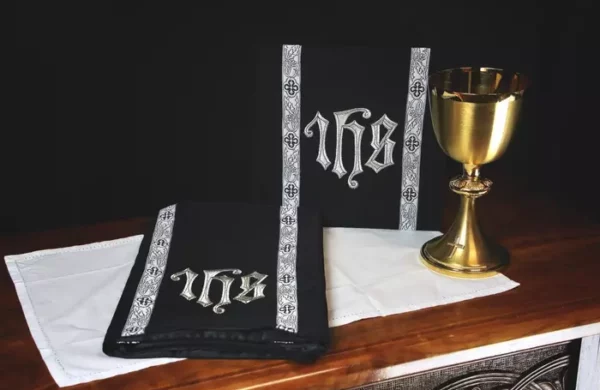
Black vestments symbolize life, death, and redemption in Christian tradition. Worn during solemn occasions like All Souls’ Day and Good Friday, they remind us of Christ’s sacrifice, our mortality, and the hope of resurrection. Rooted in history, black emphasizes humility and repentance, connecting us to centuries of faith and tradition.
Like this:
Like Loading...

Violet, a color rich in meaning within Christian tradition, symbolizes penitence, humility, and preparation. It is prominently used during the seasons of Advent and Lent, serving as a visual reminder for reflection and spiritual growth. In Advent, violet invites believers to prepare their hearts for Christ’s birth, while in Lent, it calls for repentance and contemplation of Jesus’ sacrifice. The duality of violet also represents both suffering and the royal nature of Christ, highlighting the journey from sin to redemption. This color is featured in various liturgical vestments and altar cloths, adding solemnity to worship during these significant periods.
Like this:
Like Loading...

Rose-colored garments are worn on Gaudete Sunday in Advent and Laetare Sunday in Lent, offering a moment of joy amidst preparation and reflection. This tradition dates back to medieval times, symbolizing anticipation for Christ’s coming with themes of joy, love, and hope.
Like this:
Like Loading...
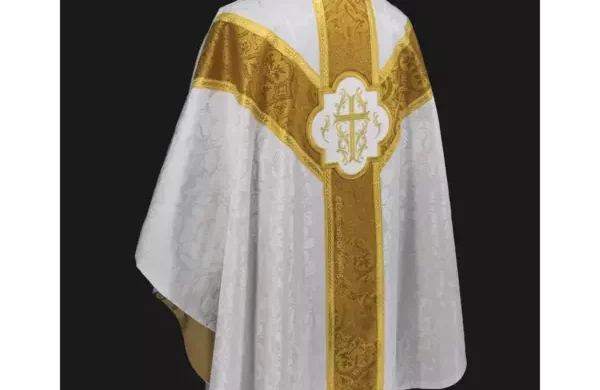
Discover the elegance of the Dayspring White Gold Priest Chasuble. Crafted from durable Lichfield Brocade with gold orphrey bands and a majestic cross, it’s perfect for Christmas, Easter, and other special liturgical celebrations. Personalize with optional enhancements from the Dayspring Collection to suit your congregation’s spirit.
Like this:
Like Loading...

Uncover the story of blue in liturgical history! From medieval origins in Salisbury to modern Advent traditions, explore how this color symbolizes hope and anticipation. Join us on a journey through centuries-old practices to today’s vibrant celebrations!
Like this:
Like Loading...
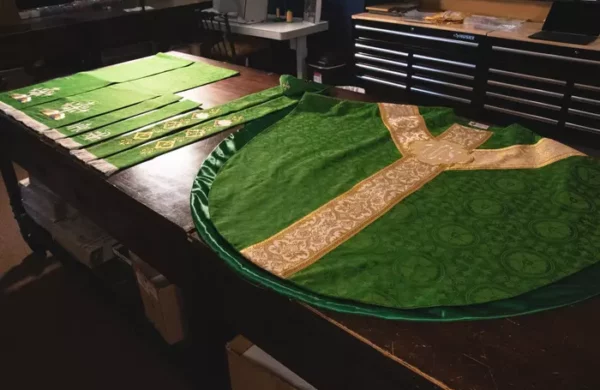
We just finished a special Epiphany set that’s different from our usual work. Using white and green fabrics, we connected the Christmas season to Lent. Our green Luther Rose brocade and white accents make this set truly special for worship. We’re now thinking about a new set with darker green Winchester fabric and elegant Venezia tapestry. Want to see our creations and what’s coming next? Visit our Facebook Page to know more!
Like this:
Like Loading...
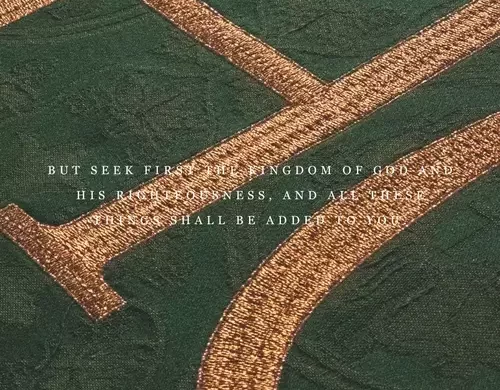
As summer approaches, churches don shades of green in celebration of Ordinary Time. This season, falling outside major liturgical periods, embodies themes of hope, life, and spiritual growth. Green vestments worn by clergy symbolize the Church’s focus on continual renewal and deepening faith, serving as a visual reminder of our ongoing journey with Christ.
Like this:
Like Loading...
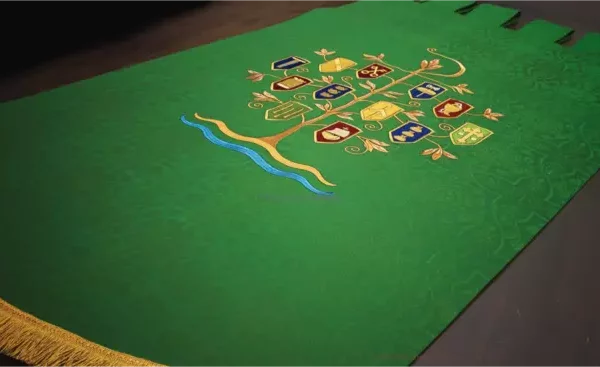
Revitalize your worship experience with our exquisite green vestment collection, perfect for celebrating Ordinary Time. Inspired by Colossians 2:6-7, these vibrant hues symbolize renewal and growth, inspiring both clergy and congregation. Explore our range online today and bring a sense of vitality to your church services.
Like this:
Like Loading...
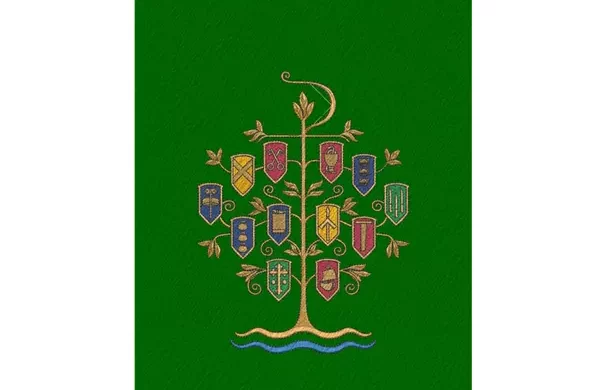
Ordinary Time in the liturgical calendar and encourages readers to consider custom vestments for their worship space. It stresses the importance of planning ahead due to the bespoke nature of the vestments, with a lead time of 4 to 6 weeks. Readers are urged to act now to ensure availability, custom craftsmanship, and a seamless transition into Ordinary Time, fostering spiritual renewal and community nurturing within faith communities.
Like this:
Like Loading...

The use of “Ox Blood” during Holy Week symbolizes Christ’s Passion, while a unique set, featuring a mother pelican motif, embodies sacrificial love and redemption. This collection blends tradition with personal significance, celebrating enduring faith themes.
Like this:
Like Loading...
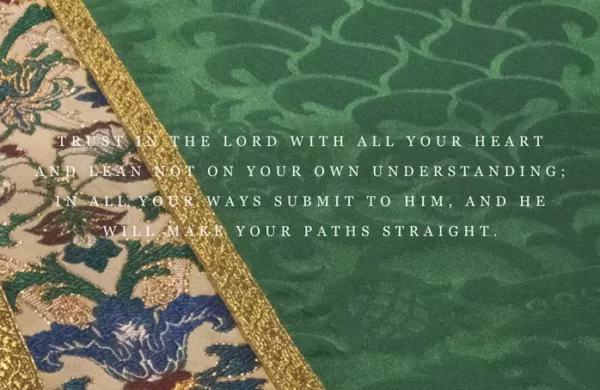
Lent makes us think, and we look forward to the renewal and growth of Ordinary Time. Following Christ’s teachings every day, this lively season encourages us to deepen our spirituality and nurture our community. Reserve your custom clothes early to get ready for Ordinary Time.
Like this:
Like Loading...
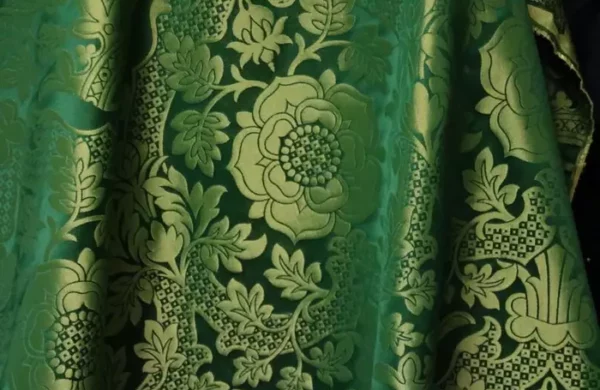
Green, with its lush and lively appearance, is often associated with growth, renewal, and the vitality of nature. During the Pentecost season, the Church reflects upon the birth and growth of the early Christian community, empowered by the Holy Spirit. Green serves as a powerful symbol of the spiritual growth that occurs within individuals and the Church as a whole. The color green serves as a visual reminder of the hope, inspiration, and guidance that the Holy Spirit provides, fueling the growth of faith and the spreading of God’s love throughout the world.
Like this:
Like Loading...
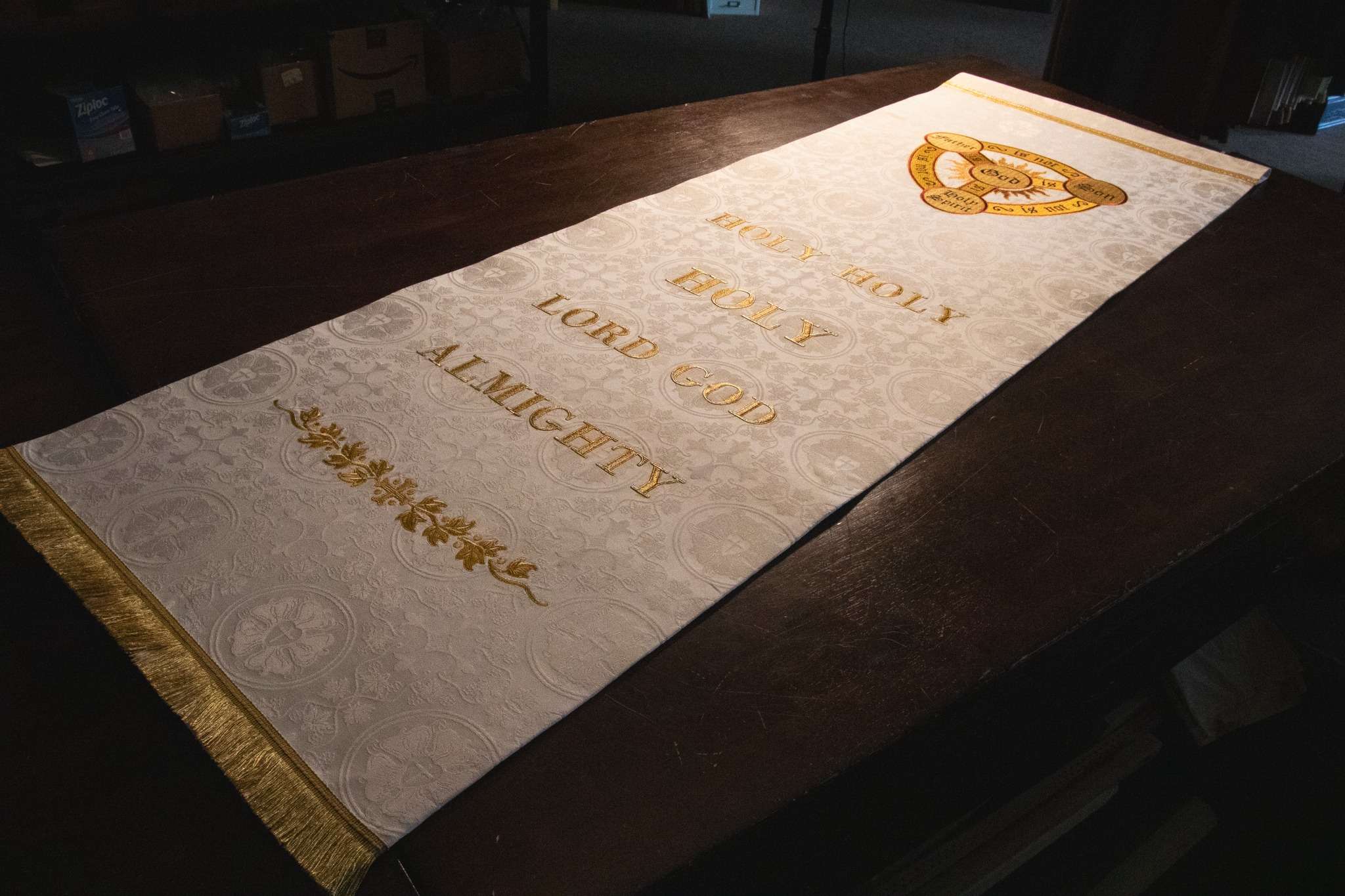
Trinity Sunday is a Christian feast day celebrated on the Sunday after Pentecost. It is a day dedicated to the Holy Trinity – the Father, Son, and Holy Spirit. The doctrine of the Trinity is one of the foundational beliefs of the Christian faith, and Trinity Sunday serves as a reminder of the essential nature of this belief. Trinity Sunday is a day that holds great significance for Christians around the world.
Like this:
Like Loading...

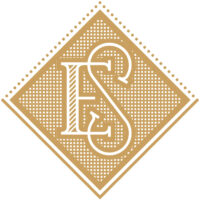














You must be logged in to post a comment.